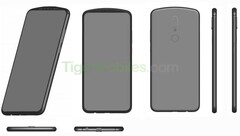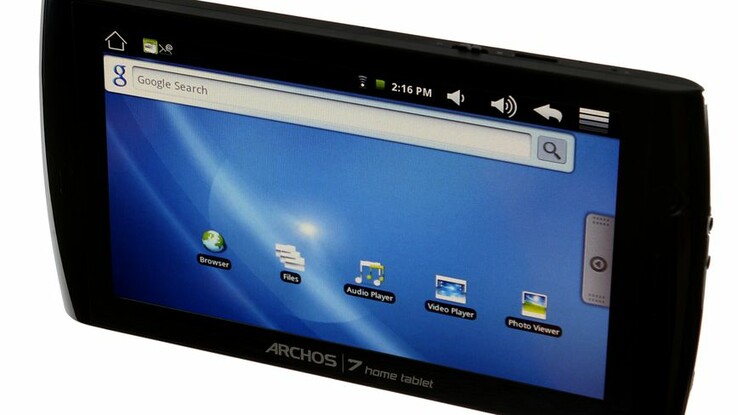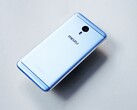Apple pioneered the display notch with the release of the iPhone X. Smartphone fans may or may not have thanked the Cupertino company for starting this trend, as the flagships of the majority of other OEMs followed suit for at least a year thereafter. The 'original' notch has also seen variations such as the water-drop or U-shaped variant since. They also achieve the general goal of the original, which is to increase screen-to-body ratio while keeping the requisite sensors on the front of the phone.
There are alternatives to the notch, which have made appearances on newer flagships such as the OPPO Reno, Find X, Xiaomi Mi Mix 3 and Vivo Nex Ultimate. However, these 'pop-up' or 'slide-down' modules may be associated with the risk of mechanical failure. Tiger Mobiles claims to have found a patent, filed with the Chinese intellectual property office CIPO and attributed to Huawei, that avoids these possibilities while keeping a screen edge-to-edge and also obviating a notch.
Based on its diagrams, Huawei intends to do this by developing a curved top edge to a smartphone. This new component houses front-facing sensors while keeping a screen in regular, rectangular mode with minimal side or bottom bezels. This gives an innovative form-factor; however, it also risks looking somewhat like the tablets (e.g. the 7) produced by the OEM Archos back in the day.


























